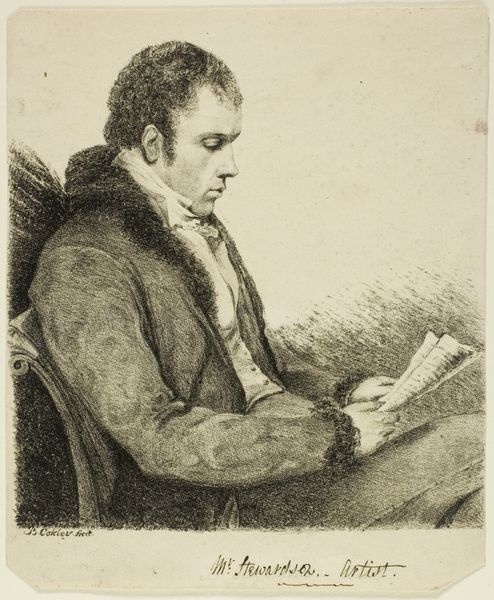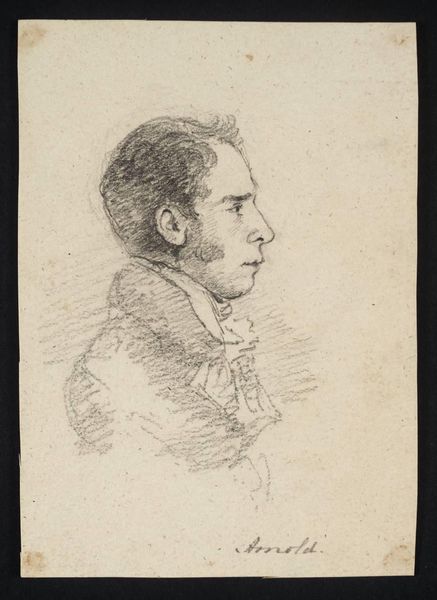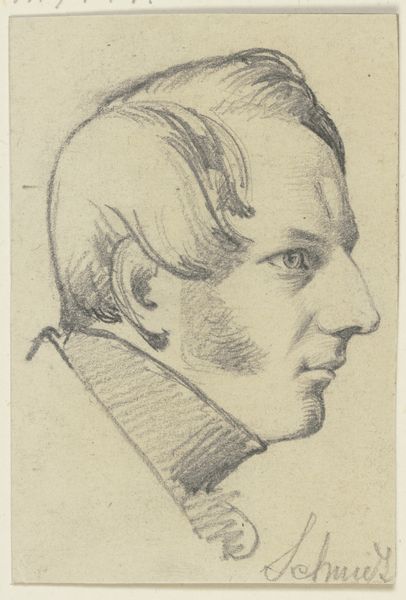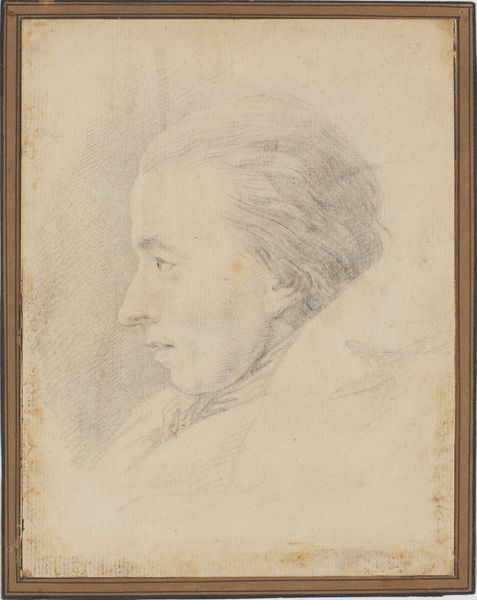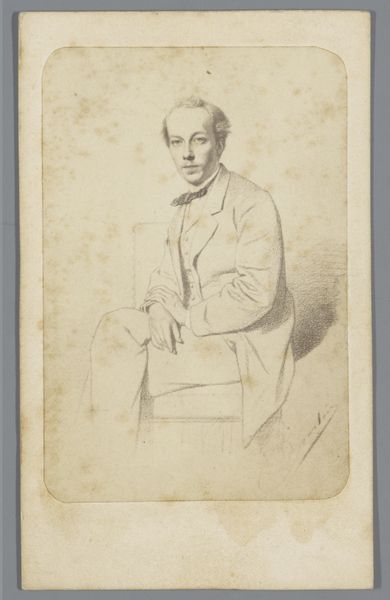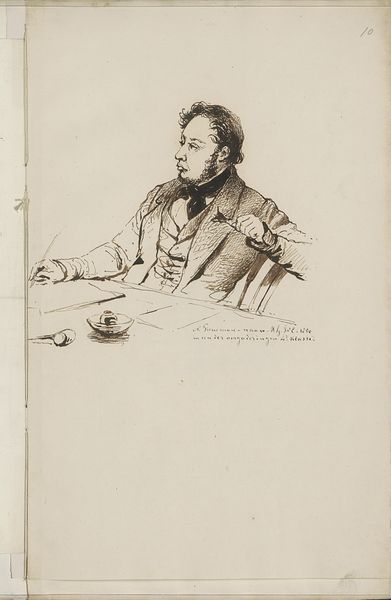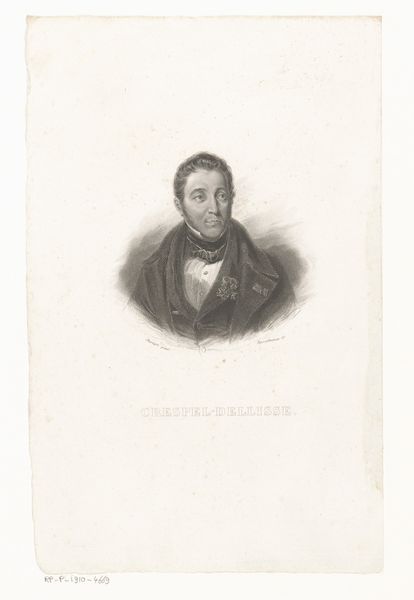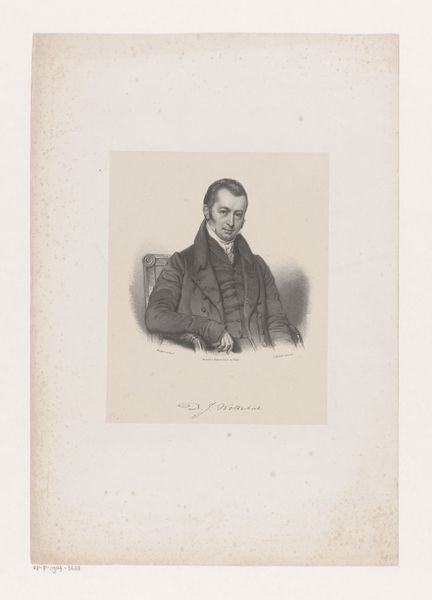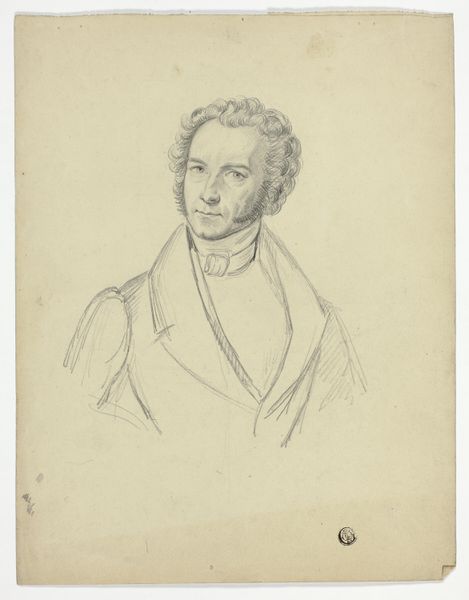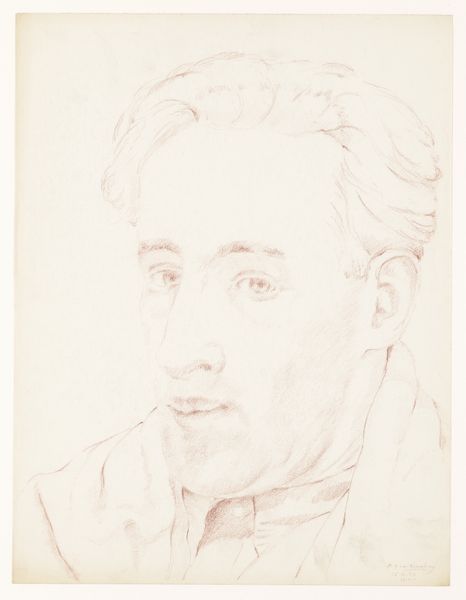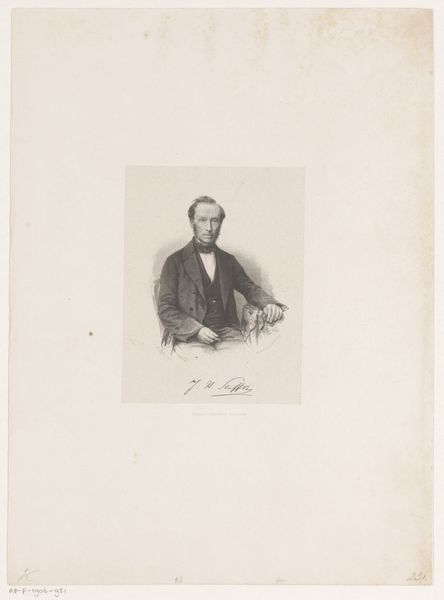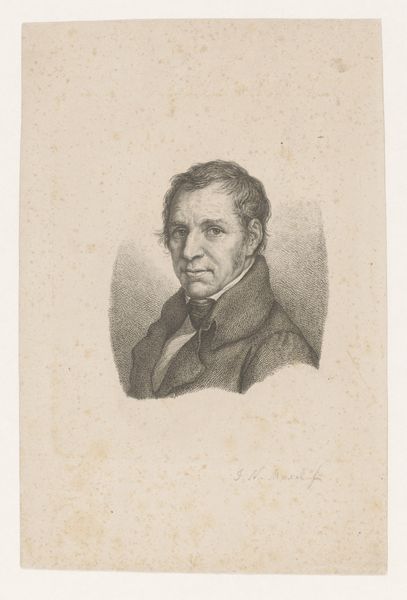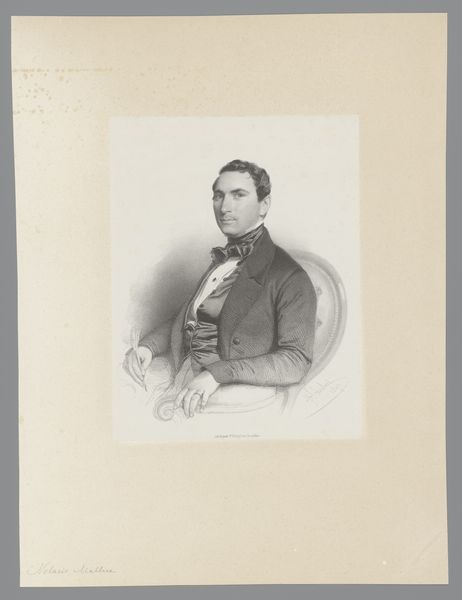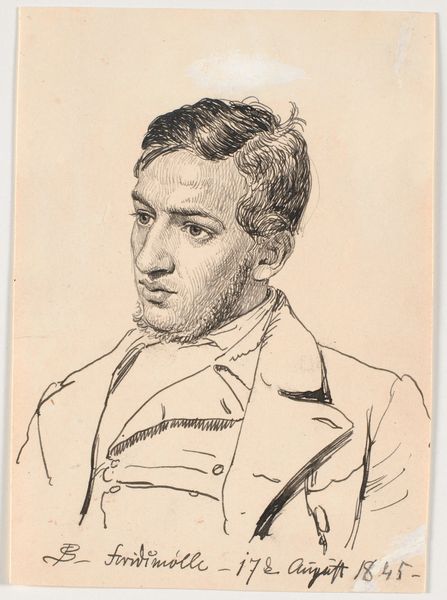
drawing, pencil
#
portrait
#
pencil drawn
#
drawing
#
charcoal drawing
#
pencil drawing
#
romanticism
#
pencil
#
portrait drawing
Dimensions: sheet: 32.2 × 23.7 cm (12 11/16 × 9 5/16 in.)
Copyright: National Gallery of Art: CC0 1.0
Editor: This is a pencil drawing called "R. Strong" created around 1810 by Rembrandt Peale. There's a stillness to the work that I find very appealing; the subject is captured in a private moment of contemplation. What’s your interpretation of the piece, considering the social context of its time? Curator: Given its creation around 1810, a period defined by Enlightenment ideals grappling with Romantic sensibilities, it's fascinating how this piece functions within the visual language of emerging power structures. Consider how portraiture, especially drawings like this one, solidified social standing. Editor: Right. So it's more than just capturing a likeness. It’s making a statement about the subject’s position. Curator: Precisely. The act of portraying "R. Strong" reading suggests education, leisure, and, consequently, a certain status within society. But there’s more. The choice of a relatively ‘humble’ medium like pencil – compare that to an oil painting – what could that tell us about its intended audience and its purpose? Was it for public display, or for more intimate family consumption? Editor: Hmm, maybe it was intended for personal appreciation within a close circle, emphasizing the subject's intellectual pursuits rather than ostentatious display. Curator: Exactly. And Peale’s own artistic position is key. The Peale family shaped art and science's presence in early America, democratizing museums while also representing elite clientele. Is this a scientific or political statement? It is something of both perhaps? Editor: That makes me think about how artists and art institutions help construct these narratives of identity and status! I hadn't considered how even the choice of medium plays into the social meaning of a portrait. Curator: Yes. And by interrogating those decisions, we come to understand art not just as an object, but as a key player in historical dialogues around power, knowledge, and self-presentation.
